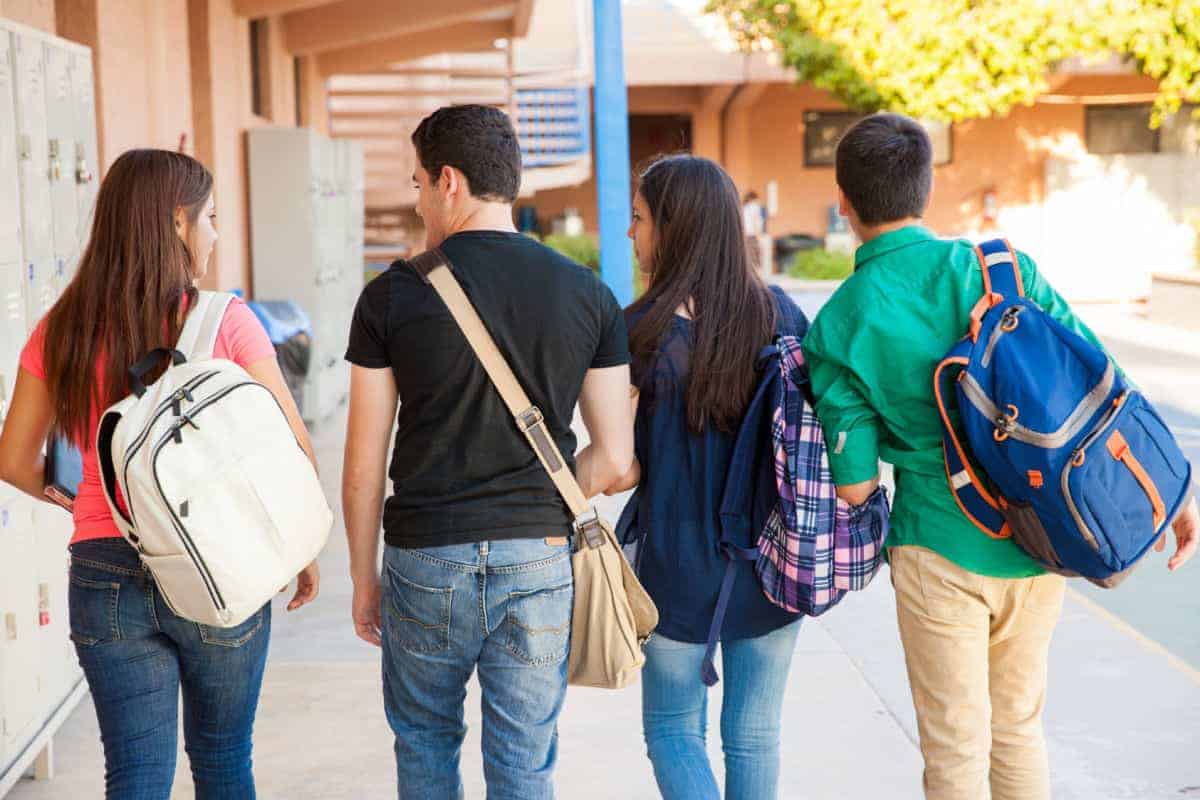As the founders of the Opportunity Culture initiative to extend the reach of great teaching to many more students, we keep a tight focus on how students and teachers benefit from Opportunity Culture implementation in their schools. In North Carolina — the largest implementation state so far, with 80 schools this year — the latest student growth numbers give one great example.
In 2017–18, while only 27 percent of non-Opportunity Culture schools in North Carolina exceeded student learning growth targets, nearly double that — 53 percent — of Opportunity Culture schools exceeded growth.
Opportunity Culture schools in the state were also far less likely to fall short of growth targets — 15 percent of schools versus 27 percent of non-Opportunity Culture schools. These results excluded any school where it was known that Opportunity Culture was not implemented in a tested grade or subject.
In Charlotte-Mecklenburg, Garinger High School posted the highest growth index of all high schools in the state, and fourth-highest overall. Garinger’s principal, Kelly Gwaltney, is in this year’s cohort of Opportunity Culture Fellows.
Opportunity Culture districts and schools extend the reach of excellent teachers and the teams they lead to more students, for more pay, within regular school budgets. Most use Multi-Classroom Leadership, in which an accountable teacher-leader with prior high-growth student learning fully leads a small teaching team — guiding and preparing the team for excellent instruction, coaching teachers, and collaboratively improving with the team, all based on student data.
These results are a testament to the importance of having the right instructional leadership roles and the hard work of multi-classroom leaders, team teachers, principals, reach associates, and other colleagues who provide support.
Opportunity Culture schools are disrupting the notion that teachers and students are on a fixed bell curve, creating an upward escalator for teacher and student success.
The results follow research released early this year showing that students on teaching teams led by Opportunity Culture multi-classroom leaders showed sizeable academic gains. In that study from the American Institutes for Research and the Brookings Institution released through the CALDER Center, team teachers were, on average, at the 50th percentile in the student learning gains they produced before joining a team led by a multi-classroom leader. After joining the teams, they produced learning gains equivalent to those of teachers in the top quartile in math and nearly that in reading.
We are delighted to see all these results as Opportunity Culture continues to grow and as we continue to improve our advice to districts and free tools for educators based on research and the experiences of excellent Opportunity Culture educators. We plan to begin releasing free and low-cost support to boost reading results further in 2019, based on the science of reading, and we are lining up more third-party research about Opportunity Culture’s effects on teaching and learning.
Opportunity Culture districts in North Carolina span urban to suburban to rural, very large to small:
- Charlotte-Mecklenburg Schools and Project L.I.F.T.: Charlotte-Mecklenburg Schools quickly decided to scale up Opportunity Culture across the district after launching it in one school zone in 2013–14.
- Edgecombe County Public Schools: This rural North Carolina district began using Opportunity Culture models in 2017–18, and will have Opportunity Culture in all district schools by 2019–20.
- Vance County Schools: This rural district collaborates with neighboring Edgecombe to improve the region, where many teaching positions had previously gone unfilled.
- Cabarrus County Schools: 100 percent of this suburban district’s Opportunity Culture schools achieved high growth last year.
- Guilford County Schools: Guilford, not included in the data shown above, just launched in seven schools and has more planned.
Working with these districts and their educators has been and continues to be a privilege. Our team is routinely inspired by Opportunity Culture multi-classroom leaders, teachers and principals. They are proving their belief and ours in the enormous, untapped learning potential of all students.
Recommended reading




